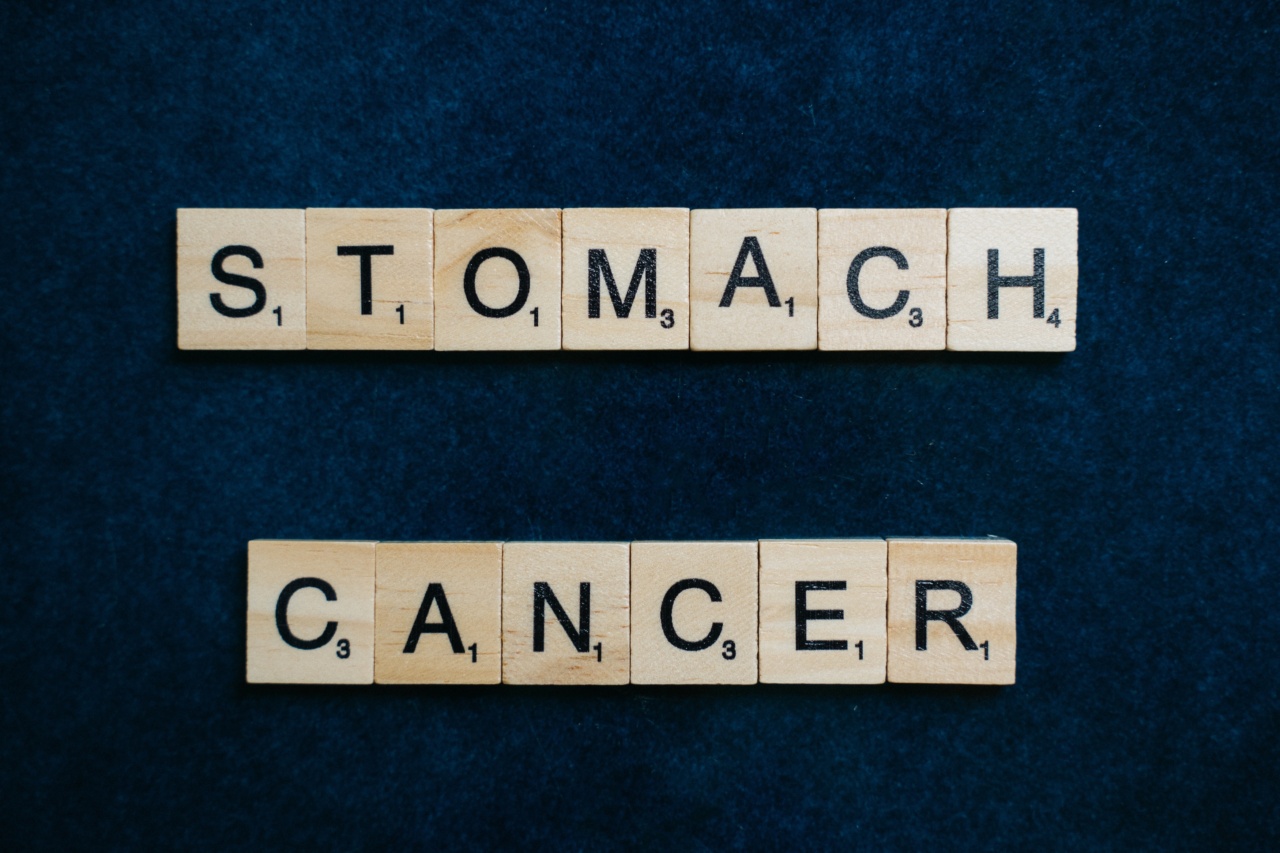Stomach cancer, also known as gastric cancer, is the uncontrolled growth of abnormal cells that form a tumor in the stomach lining. It is one of the leading causes of cancer-related deaths worldwide, with millions of new cases being diagnosed each year.
There are four primary variants of stomach cancer, each with distinct characteristics and treatment approaches. Understanding these variants is crucial for early detection, accurate diagnosis, and effective management of the disease.
In this article, we will delve into the details of these four variants of stomach cancer, their symptoms, diagnostic methods, treatment options, and prognosis.
1. Adenocarcinoma
Adenocarcinoma is the most common variant of stomach cancer, accounting for more than 90% of cases. It originates in the glandular cells lining the innermost layer of the stomach. There are two subtypes of adenocarcinoma:.
a) Intestinal-type Adenocarcinoma: This subtype often develops in individuals with a prolonged history of chronic gastritis, intestinal metaplasia, or precancerous lesions such as gastric ulcers.
It usually forms well-defined tumors and progresses slowly.
b) Diffuse-type Adenocarcinoma: This subtype is characterized by the infiltration of cancer cells throughout the stomach wall, making it challenging to detect early.
It usually presents as a thickening of the stomach lining, without distinct tumor formation.
Common symptoms of adenocarcinoma include persistent abdominal pain, difficulty swallowing, unintentional weight loss, vomiting, and blood in the stool.
Diagnostic methods include endoscopy, biopsies, imaging tests (CT scan, MRI), and laboratory analyses. Treatment options may include surgery, chemotherapy, radiation therapy, targeted therapy, and immunotherapy, depending on the stage and characteristics of the tumor.
2. Gastrointestinal Stromal Tumors (GISTs)
Gastrointestinal stromal tumors (GISTs) are a rare type of stomach cancer that starts in the specialized cells of the gastrointestinal tract called interstitial cells of Cajal (ICC) or their precursors.
GISTs can occur anywhere in the digestive system, but approximately 60% are found in the stomach.
The symptoms of GISTs may vary based on the tumor’s size and location within the stomach. Some common symptoms include abdominal pain, swelling or a mass in the abdomen, nausea, vomiting, and gastrointestinal bleeding.
Diagnostic methods typically involve imaging tests, biopsies, and genetic testing to identify specific mutations that can guide targeted therapy. Treatment options may include surgery, targeted therapy (tyrosine kinase inhibitors), and, in advanced cases, chemotherapy or radiation therapy.
3. Lymphoma
Gastric lymphoma is a rare form of stomach cancer that originates in the lymphatic tissue present in the stomach wall. It accounts for approximately 4% of all stomach cancers. Two main subtypes of gastric lymphoma include:.
a) MALT (Mucosa-Associated Lymphoid Tissue) Lymphoma: This type is typically associated with chronic inflammation due to conditions like Helicobacter pylori infection. It usually grows slowly and may involve other organs as the disease progresses.
b) Diffuse Large B-cell Lymphoma: This subtype is more aggressive and rapidly growing. It involves high-grade malignant cells and requires more intensive treatment approaches.
The symptoms of gastric lymphoma can vary greatly depending on the subtype and disease stage. However, they generally include abdominal pain, nausea, vomiting, loss of appetite, and unintentional weight loss.
Diagnostic methods may involve endoscopy, biopsies, imaging tests, and laboratory analyses. Treatment options often include chemotherapy, radiation therapy, targeted therapy, and surgery in some cases.
4. Carcinoid Tumors
Carcinoid tumors of the stomach are rare neuroendocrine tumors that arise from specialized hormone-producing cells called enterochromaffin-like cells. They account for less than 1% of all stomach cancers.
These tumors can also occur in other organs of the digestive system, such as the small intestine and appendix.
Patients with carcinoid tumors of the stomach may experience symptoms such as stomach pain, heartburn, diarrhea, gastric ulcers, and flushing of the face. As these symptoms are nonspecific, diagnosing carcinoid tumors can be challenging.
Diagnostic methods often involve endoscopy, biopsies, hormone level testing, imaging tests, and molecular analyses. Treatment options include surgery, hormone therapy, chemotherapy, and targeted therapy.



























